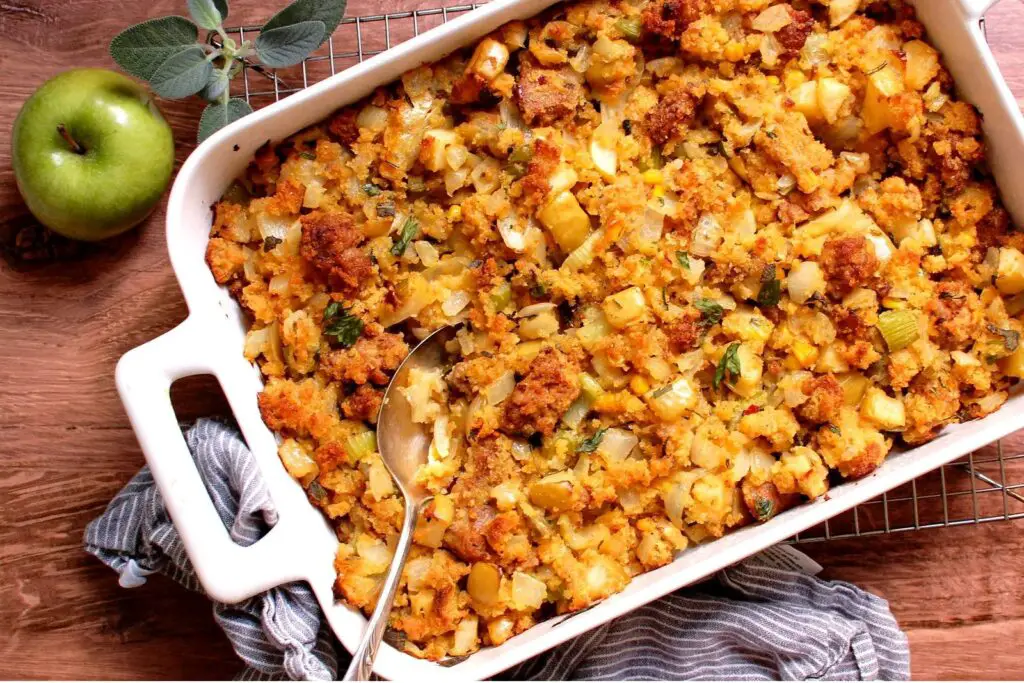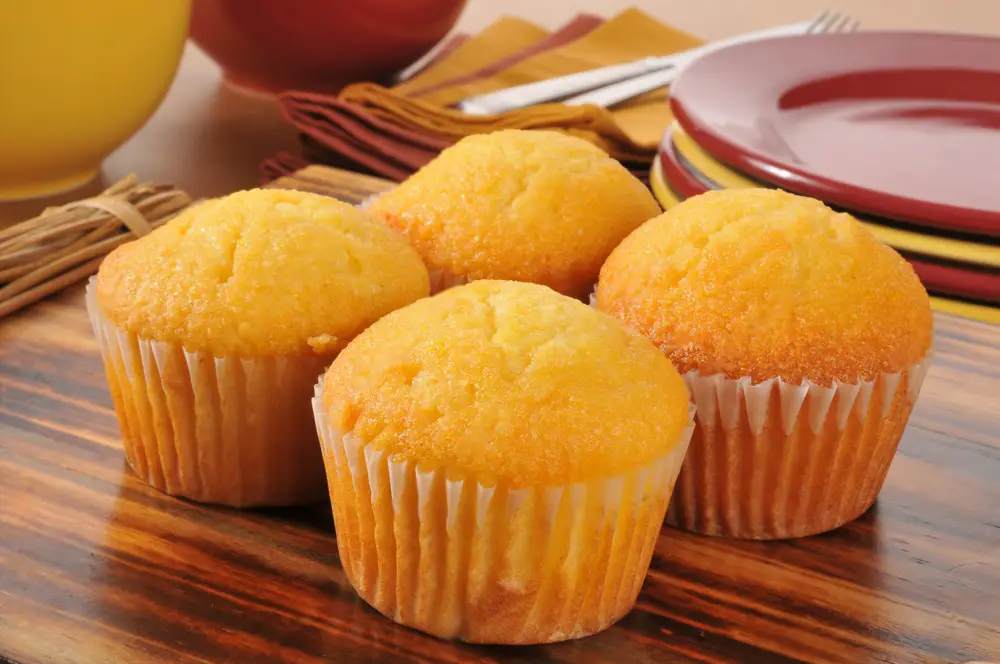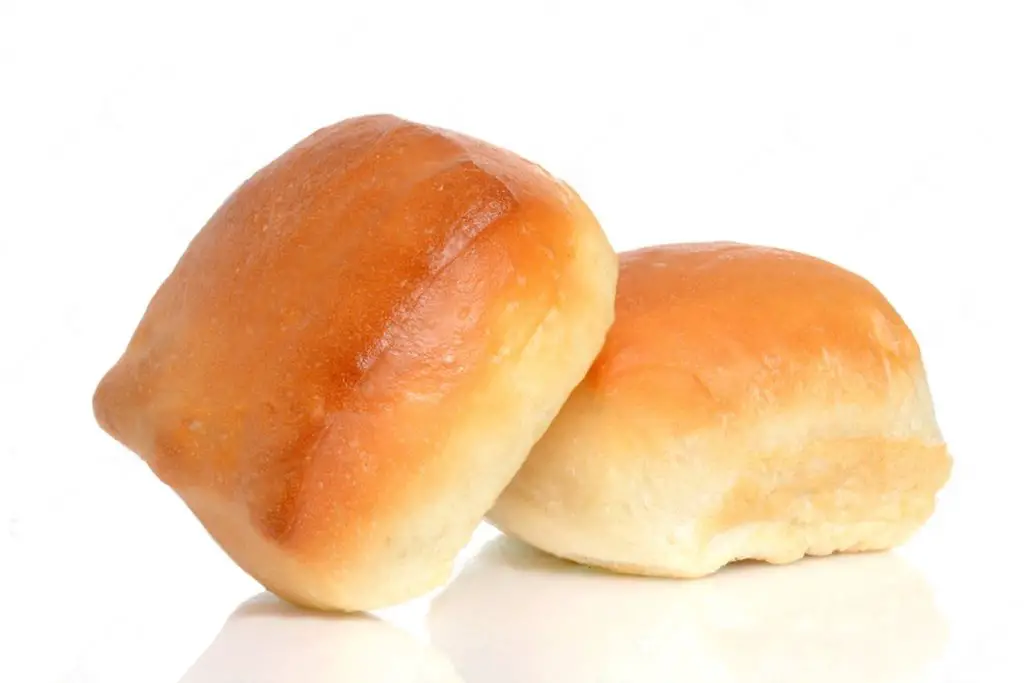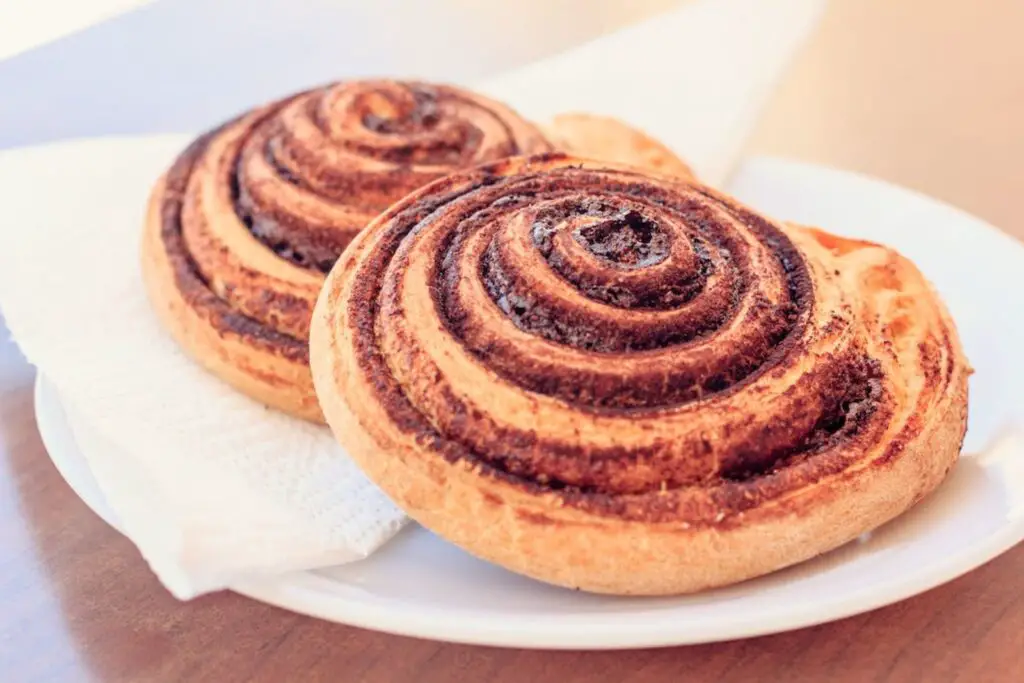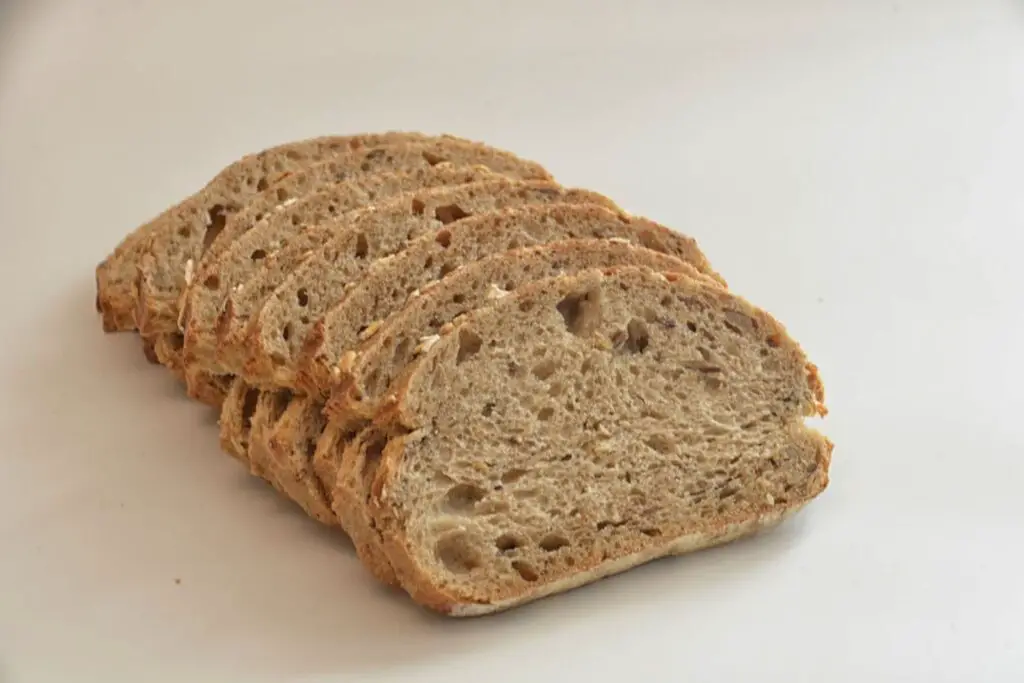
Wontons, delicate parcels of culinary creativity, hold a treasured place in the world of dumplings and Asian cuisine. These thin sheets of dough, often filled with a mixture of ground meat, vegetables, and seasonings, are skillfully folded into intricate shapes that reflect the artistry of their origin. Whether served in comforting soups, crispy fried, or simply steamed, wontons embody the essence of balance and contrast, marrying textures and flavors in each bite. Assembling and preparing wontons can be a time-consuming process, and when making them from scratch or creating a larger batch, it may be challenging to enjoy them all before they begin to lose their fresh taste and unique appeal. Freezing wontons presents a practical and efficient solution to preserving their delightful essence and culinary charm, ensuring that each bite captures the spirit of homemade authenticity, ready to elevate your meals with the essence of perfectly frozen wontons, even when freshly made ones aren’t readily available or when you crave the flavors of Asia at your convenience. In this guide, we will explore the best practices for freezing wontons, allowing you to savor the richness of these handcrafted delights and elevate your culinary repertoire with the essence of perfectly frozen wontons, without the need for continuous preparations or the constraint of time. Prepare to embrace the intricacy of wontons, with a freezer stocked with these flavorful bundles of delight that await to add a touch of culinary elegance to your dishes year-round.
Here are the simple steps to freeze wontons:
Step 1: Prepare your Wontons
Before proceeding with freezing your wontons, it’s crucial to ensure that they are in optimal condition. This step involves evaluating the quality of both the filling and the wonton wrappers, whether you’ve just made the wontons or you have leftovers from a previous meal. Proper preparation at this stage lays the foundation for maintaining the taste and texture of your wontons during the freezing process.
- Freshness Check: If you’ve just prepared the wontons, ensure that the ingredients you used for the filling are fresh. This includes any meats, seafood, vegetables, herbs, and seasonings. Fresh ingredients not only contribute to better taste but also enhance the overall quality of the final product.
- Cooking Perfection: It’s essential that the filling of your wontons is thoroughly cooked. If your wontons contain meat or seafood, ensure that they are fully cooked to eliminate any health risks associated with undercooked ingredients. Cooking the filling also contributes to the overall flavor and texture of the wontons.
- Wrapper Assessment: Carefully inspect the wonton wrappers to make sure they are intact and free from tears or holes. The wrapper serves as a protective layer, keeping the filling sealed and preventing it from coming into direct contact with the freezer air, which can cause freezer burn and affect the wontons’ quality.
- Handling Consistency: Whether you’ve made your wontons by hand or used store-bought wrappers, ensure that they are all uniformly sized and filled. This consistency in size and filling distribution helps the wontons freeze evenly and ensures that they cook uniformly when you decide to use them later.
Involves a thorough examination of your wontons to guarantee that they meet the criteria for freezing. The goal is to preserve the flavors, textures, and overall quality of your wontons so that when you’re ready to enjoy them, they still delight your taste buds.
Step 2: Arrange Wontons on a Tray
After ensuring the quality of your wontons, the next crucial step in the freezing process involves arranging them properly on a tray. This step is designed to prevent the wontons from sticking together as they freeze, which could otherwise lead to clumping and difficulty in separating them when you need to use them.
- Purpose of Arrangement: Placing the wontons in a single layer on a tray serves the purpose of creating space between each wonton during the initial stages of freezing. This prevents them from becoming fused together as they harden, maintaining their individual shape and structure.
- Choose the Right Tray: Opt for a baking sheet or tray that is freezer-safe. It’s important that the tray fits comfortably in your freezer and provides ample surface area for the wontons to be spread out without crowding.
- Single Layer Layout: Lay the wontons on the tray in a single layer, ensuring that they don’t touch or overlap. This layout allows for efficient and even freezing of each wonton. If the wontons were placed on top of one another, they could freeze together, making it difficult to separate them later.
- Preventing Stickiness: As the wontons begin to freeze, any moisture present could cause them to stick to each other. By arranging them in a single layer, you reduce the chances of moisture accumulation between the wontons, thus minimizing the risk of sticking.
- Partial Freezing: The intention here is not to fully freeze the wontons at this stage but rather to partially freeze them. This preliminary freezing, often referred to as flash freezing, sets the stage for successful packaging without compromising the individual shapes of the wontons.
Involves strategically arranging your wontons on a tray in a way that promotes even freezing and prevents them from sticking together. By implementing this method, you’re setting the groundwork for well-preserved, easy-to-handle wontons when you’re ready to use them from the freezer.
Step 3: Pre-Freeze the Wontons
Once you’ve arranged your wontons on a tray in a single layer as described in Step 2, the next important step is to pre-freeze them. This process involves placing the tray with the wontons in the freezer for a specific duration, usually around an hour or until the wontons are partially frozen. Pre-freezing, also known as flash-freezing, plays a pivotal role in maintaining the individual integrity of the wontons and ensuring they don’t clump together during storage.
- Purpose of Pre-Freezing: The primary objective of pre-freezing is to create a solid outer layer around each wonton before they are packaged for long-term freezing. By doing so, you effectively prevent the wontons from sticking to one another when they’re placed in their final storage container.
- Partial Freezing Benefits: During the pre-freezing process, the outer layer of the wontons begins to harden while the interior remains slightly soft. This state ensures that the wontons are stable enough to be transferred to a storage container without losing their original shapes or becoming a single frozen block.
- Clump Prevention: If wontons were placed directly into a storage container without pre-freezing, the moisture content present in them could cause them to fuse together. This would make it difficult to retrieve individual wontons when you want to use them. Pre-freezing drastically reduces this risk by providing a buffer layer that prevents sticking.
- Time Consideration: The duration of pre-freezing is typically around an hour, but this can vary depending on factors like the size of the wontons and the efficiency of your freezer. The goal is to achieve partial freezing where the outer layer is firm but not entirely frozen.
- Balancing Timing: It’s important not to over-pre-freeze the wontons, as this could result in them becoming too hard, making it challenging to insert them into the final storage container. Monitoring the time is key to striking the right balance.
Pre-freezing the wontons for a specific period, which creates a protective barrier that prevents clumping and allows for easy handling during packaging. This method ensures that when you retrieve your frozen wontons for future use, they remain separate and maintain their individuality, resulting in a convenient and satisfying culinary experience.
Step 4: Package the Wontons
After successfully pre-freezing your wontons, the next crucial phase is to carefully package them for long-term storage. This step ensures that the wontons remain in optimal condition, preserving their flavor, texture, and overall quality until you’re ready to use them.
- Transfer to Storage Container: Once the wontons are partially frozen and no longer sticky, gently transfer them from the tray to a suitable storage container. This container can be either a resealable plastic freezer bag or an airtight plastic or glass container. The choice between the two depends on your preference and the available space in your freezer.
- Resealable Freezer Bag Method: If you’re using a resealable plastic freezer bag, carefully arrange the wontons in a single layer inside the bag. Try to remove as much air as possible from the bag before sealing it. This step minimizes the risk of freezer burn, a condition that can negatively impact the flavor and texture of frozen food.
- Airtight Container Method: Alternatively, you can place the wontons in an airtight container, making sure they are arranged in a way that minimizes contact with the container’s walls. This approach is particularly useful if you want to avoid any potential crushing of the wontons during storage.
- Air Removal Importance: The presence of excess air in the packaging can lead to freezer burn, which occurs when moisture evaporates from the food and then re-condenses on the surface, forming ice crystals. This process can compromise the taste and quality of the wontons over time. Removing as much air as possible prevents this from happening.
- Sealing Process: Whether you’re using a resealable bag or an airtight container, ensure that the packaging is tightly sealed to prevent air from entering. This helps maintain a consistent temperature around the wontons, preserving their texture and flavor.
Transferring the partially frozen wontons into a suitable storage container, such as a resealable freezer bag or an airtight container. Proper packaging, air removal, and sealing are essential to prevent freezer burn and maintain the high quality of the wontons during their time in the freezer.
Step 5: Label and Date the Container
Labeling and dating the container holding your frozen wontons is a simple yet crucial step in the freezing process. This step helps you maintain organization and track the storage duration of your wontons, ensuring that you’re always aware of their freshness and optimal consumption timeframe.
- Contents Identification: Using a marker or adhesive labels, clearly indicate on the container what it holds—frozen wontons. This makes it easy to identify the contents at a glance, saving you time and preventing confusion when you’re searching through your freezer.
- Date of Freezing: Alongside the contents label, include the date on which you froze the wontons. This is important for tracking how long the wontons have been in the freezer. Different foods have varying recommended storage durations, and having the freezing date on the container allows you to adhere to these guidelines.
- Rotation and Use: Labeling and dating your frozen items enables you to follow a “first in, first out” rotation strategy. By consuming the oldest items first, you can minimize food waste and ensure that you’re enjoying your frozen goods at their peak quality.
- Quality Control: As time passes, the quality of frozen food can degrade. Proper labeling allows you to consume your wontons before they experience any significant loss in flavor, texture, or nutritional value.
- Avoiding Guesswork: Without labels and dates, you might find yourself guessing how long a particular item has been in the freezer. This can lead to uncertainty about its quality and safety for consumption.
- Easy Planning: Labeling also facilitates meal planning. You can quickly determine what you have on hand and make decisions about meal preparation based on the contents of your freezer.
Taking a few moments to label and date the container holding your frozen wontons. This straightforward practice goes a long way in ensuring that your frozen foods remain organized, safe to eat, and consumed at their best quality within the appropriate time frame.
Step 6: Store in the Freezer
Once your wontons are securely packaged, labeled, and dated, it’s time to store them in the freezer. Proper storage is crucial for maintaining the taste, texture, and overall quality of your frozen wontons for an extended period. This step involves selecting an optimal spot in your freezer to ensure the longevity of the wontons.
- Optimal Freezer Placement: Place the sealed container of wontons in the coldest part of your freezer. The coldest area is usually toward the back and near the bottom. This location helps maintain a consistent freezing temperature and prevents temperature fluctuations that could negatively impact the quality of your frozen food.
- Avoiding Temperature Fluctuations: Fluctuating temperatures can lead to freezer burn, ice crystal formation, and changes in texture and taste. Placing your frozen wontons in the coldest part of the freezer minimizes the risk of these issues occurring.
- Protection from Other Items: Ensure that the wontons’ container is not placed directly against the freezer walls or in a position where it could be crushed or punctured by other items. Proper spacing and protection prevent damage to the packaging and the wontons inside.
- Minimal Door Opening: Frequent opening and closing of the freezer door can cause temperature fluctuations. To minimize these fluctuations, try to limit the number of times you open the freezer door and keep the door closed as much as possible.
- Storage Duration: The storage duration of frozen wontons can vary depending on factors such as the type of filling and the quality of packaging. While frozen foods can generally be stored for several months, it’s advisable to consume them within the recommended time frame to enjoy the best taste and texture.
- Using a Deep Freezer: If you have access to a deep freezer (a standalone freezer unit), consider using it for long-term storage. Deep freezers are designed to maintain lower temperatures consistently, which can further enhance the quality of your frozen wontons.
Place the sealed container of wontons in the coldest and most stable part of your freezer. Proper placement and storage practices contribute significantly to the longevity and quality of your frozen wontons, ensuring that they’re ready to be enjoyed whenever you’re ready to indulge.
Step 7: Thaw and Reheat
The beauty of freezing wontons is that they can be cooked directly from their frozen state, eliminating the need for thawing in advance. This step outlines how to properly use your frozen wontons when you’re ready to savor their deliciousness. The convenience of cooking from frozen ensures that you can enjoy a quick and satisfying meal without much preparation.
- Cooking from Frozen: Unlike some other frozen foods that require thawing before cooking, wontons are best cooked directly from their frozen state. Thawing can lead to moisture loss, which can affect the texture and taste of the wontons.
- Extend Cooking Time: When cooking frozen wontons, extend the cooking time slightly compared to what you would use for fresh wontons. The extra time allows the filling to heat through completely.
- Methods of Cooking: Frozen wontons can be added directly to various dishes like soups, stir-fries, or even steamed baskets. The moisture within the wontons creates steam during cooking, ensuring that both the wrapper and the filling are thoroughly heated.
- Avoid Overcooking: While it’s important to ensure the filling is properly heated, take care not to overcook the wontons. Overcooking can cause the wrappers to become too soft or the filling to lose its flavor and texture.
- Check Doneness: To determine if the wontons are cooked to your liking, you can perform a taste test. Carefully remove one wonton from the dish, let it cool slightly, and then cut it open to ensure the filling is hot all the way through.
Explains the process of cooking frozen wontons without the need for thawing. This convenient approach allows you to enjoy the flavors and textures of your frozen wontons whenever you’re ready for a tasty meal, offering a hassle-free way to incorporate these delightful treats into a variety of dishes.
Other related questions
Can you refreeze wontons?
Refreezing wontons is not recommended due to safety and quality concerns. When food is thawed, harmful bacteria can multiply. Additionally, repeated freezing and thawing can affect the texture and taste of wontons.
How do I know if the wontons have gone bad after being frozen?
Inspect frozen wontons for signs of freezer burn, such as discoloration and dryness on the wrappers. Off smells or unusual odors could indicate spoilage. If the texture is excessively mushy or the flavor seems off, the wontons may have degraded in quality and should be discarded.
Can you freeze wontons with meat or vegetable fillings?
Yes, freezing wontons with meat or vegetable fillings is possible. Ensure proper wrapping to prevent freezer burn. Place a layer of parchment paper between wontons before freezing to prevent sticking.
Can you freeze wontons in soup or broth?
Yes, freezing wontons in soup or broth is feasible. Allow soup to cool before freezing to prevent temperature shock. Store in airtight containers, leaving some space for expansion.
Are there differences in freezing wontons with thin vs. thick wrappers?
Freezing wontons with thin or thick wrappers requires similar methods. Thin wrappers might become slightly softer upon thawing. For both, proper wrapping, sealing, and quick freezing maintain their structural integrity and taste.
Can I freeze wontons that are fried or deep-fried?
Freezing fried or deep-fried wontons is possible. Allow them to cool before freezing to avoid condensation. Reheat in an oven or air fryer to restore crispness and flavor.
Are there any considerations for freezing wontons with delicate fillings?
Freezing wontons with delicate fillings requires care. Avoid overfilling to prevent tearing. Freeze on a tray before packaging to maintain shape, and handle gently when freezing to maintain integrity.

